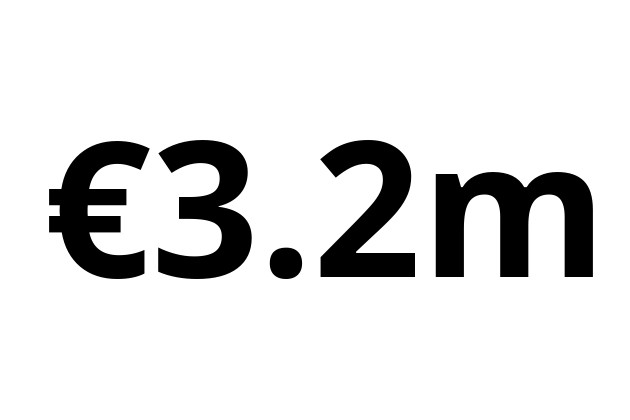The project, which will receive €3.2m over a three-year period, aims to uncover key drivers behind why, despite their being employed, a growing number of European citizens are at risk of being below poverty level.
The distribution of such “in-work poverty” varies across Europe, but it nevertheless also impacts Luxembourg. A 15 October Statec paper revealed that 1 in 7 workers in the grand duchy were “at risk of poverty”. It added: “Having a job does not make someone fully immune against poverty, as 13.4% of people in employment are at risk of poverty; this rate is four times higher than for an unemployed person.”
Compare this, for example, to 5.2% in Belgium. At the EU level, in 2017 approximately 20.5m EU citizens were at risk of living in poverty--that is 10% of its total working population, according to the University communiqué.
Part of the research involved in the WorkYP project will be to understand sources of the problem and to analyse specific groups prone to such poverty. In Luxembourg, for example, single-parent families are particulary vulnerable, according to Statec--40.7%--as are those with more than two children and single households, at 30.4% and 27.8%, respectively.
The University of Luxembourg, which has been selected to coordinate the work, will be joined by universities in Frankfurt, Bologna, Leuven, Rotterdam, Tilburg, Gdansk and Lund to carry out the multidisciplinary research.
Luca Ratti, who is coordinating the project at the Uni and is also an associate professor of European and comparative labour law there, said, “Countries implement certain measures to prevent in-work poverty, but there is not a set approach towards reducing or eliminating it. EU member states--individually and collectively--need a better understanding of the problem, an understanding supported by pertinent data and which allows them to monitor and successfully attack it.”
The WorkYP project is receiving 4% of the total €80m available through the Horizon 2020 initiative, the EU’s biggest research and innovation programme aimed at ensuring it remains competitive and innovative, with its funding available over 7 years (2014-2020).
